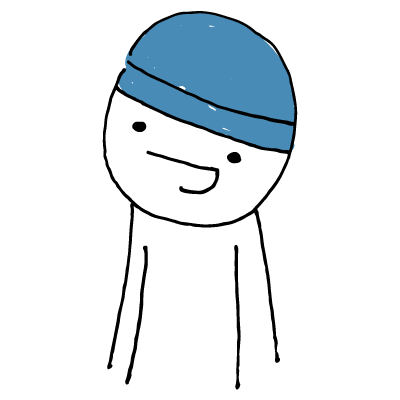
Here at We ❤︎ Health Literacy Headquarters, we spend a lot of time talking about how health literacy and clear communication can help us reach our audiences with important health messages. And, as we’re sure you know by now, a key piece of that puzzle is creating accessible web content — content that everyone can access, understand, and use.
That’s why each year on November 30, we join accessibility- and usability-focused web designers and developers in celebrating Blue Beanie Day. (Observe: Yay, it’s Blue Beanie Day!)
This day is a great reminder that when we focus on accessibility, we create web experiences that benefit all users. For example, say you’re committed to building a health website that’s accessible and usable for people with disabilities. (Awesome — go you!) Well, keeping folks with disabilities in mind when building your site also helps it work on a variety of browsers and devices. Bonus!
Additionally, following best practices in accessible web design — like progressive enhancement and performance optimization — means that users with a shoddy internet connection or lower bandwidth (possibly due to their having lower income) can still access your content. Sure, they might lose some of the bells and whistles, but the essentials will be there.
Perhaps web designer and author Jeffrey Zeldman said it best:
“One small thing designers and developers can do is to make accessibility and usability Job 1 on every project. And to take a broad view of what that means. It means taking people’s messy humanity into account and designing for extreme ends of the bell curve, not just following accessibility authoring guidelines.”
The bottom line: Today, we’re putting on our blue hats for web accessibility — and we hope you’ll join us!
Browse recent posts